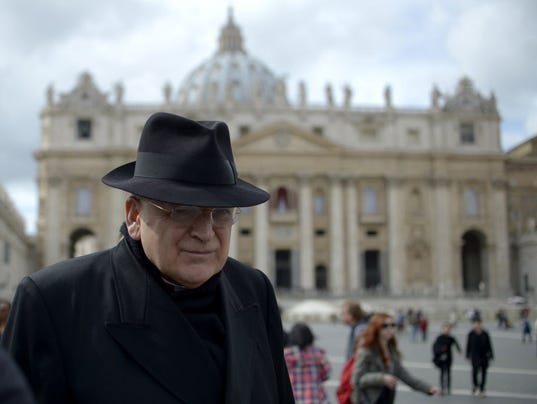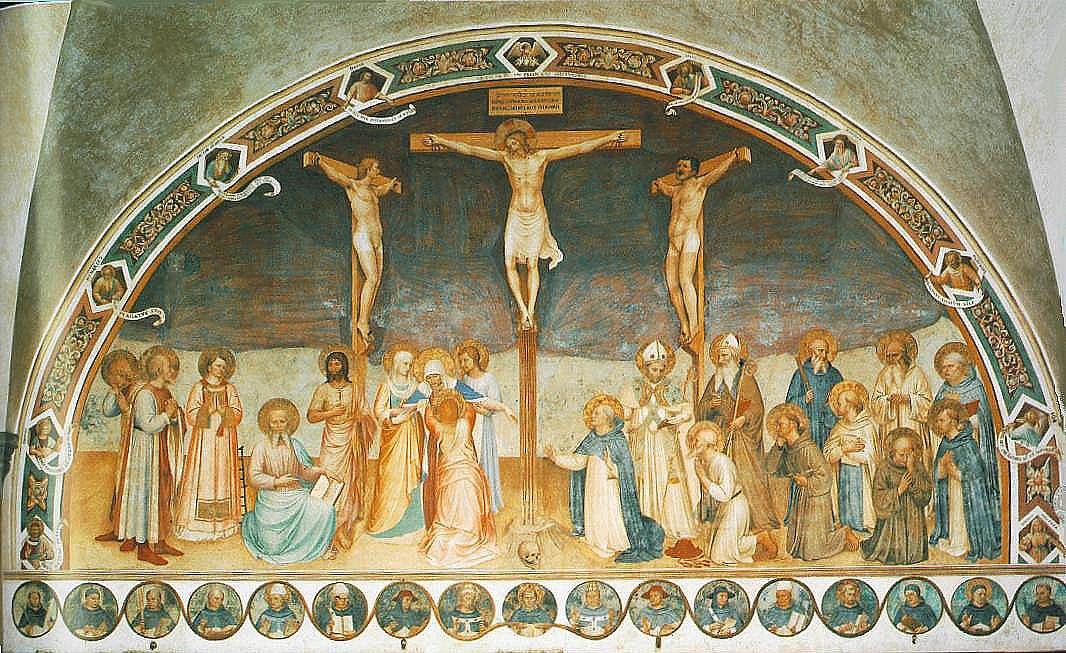Thursday, November 13, 2014
can it be that it was all so simple?
By
CNu
at
November 13, 2014
0
comments
![]()
Labels: conspicuous consumption , cowardice , debt slavery , disinformation , dopamine , hegemony , status-seeking
Wednesday, November 12, 2014
e.o. wilson on bishop dawkins...,
By
CNu
at
November 12, 2014
0
comments
![]()
Labels: ethics , Genetic Omni Determinism GOD , scientific morality
it isn't only that john gray doesn't care for richard dawkins...,
By
CNu
at
November 12, 2014
0
comments
![]()
Labels: political theatre , scientific morality
the ecology of religious beliefs
By
CNu
at
November 12, 2014
0
comments
![]()
Labels: complications , conspicuous consumption , consumerism , cooperation , cultural darwinism
pope's deratzingerization on and popping...,
By
CNu
at
November 12, 2014
0
comments
![]()
Labels: the wattles , theoconservatism
teh'geh coming to grips with the church of rome....,
By
CNu
at
November 12, 2014
0
comments
![]()
Labels: cognitive infiltration , institutional deconstruction , theoconservatism
Tuesday, November 11, 2014
what will bishops and cardinals do without fear and hatred to move the crowd?
By
CNu
at
November 11, 2014
12
comments
![]()
Labels: Livestock Management , The Hardline , the wattles
supernatural punishment, in-group biases, and material insecurity
By
CNu
at
November 11, 2014
0
comments
![]()
Labels: assimilate , magical thinking , not gonna happen... , the wattles
priming of supernatural agent concepts and agency detection: are you a believer?
By
CNu
at
November 11, 2014
0
comments
![]()
Labels: the wattles , What IT DO Shawty...
reflective elaborations on intuitions - what sort of beliefs are religious beliefs?
By
CNu
at
November 11, 2014
0
comments
![]()
Labels: neuromancy , neurotypes , What IT DO Shawty...
Monday, November 10, 2014
pope cleaning house
By
Dale Asberry
at
November 10, 2014
3
comments
![]()
supernatural monitoring and sanctioning in community-based resource management
By
CNu
at
November 10, 2014
0
comments
![]()
Labels: quorum sensing? , the wattles , What IT DO Shawty...
true fifty years ago, and still true today - h.rap an'em cats were literally too smart to move the crowd...,
By
CNu
at
November 10, 2014
0
comments
![]()
Labels: Livestock Management , The Hardline , the wattles
which cheek did jesus turn?
By
CNu
at
November 10, 2014
0
comments
![]()
Labels: medieval , neuromancy , subliminal , subrealist oeuvre... , The Straight and Narrow
Sunday, November 09, 2014
vote all you want, the secret government won't change....,
By
CNu
at
November 09, 2014
9
comments
![]()
Labels: Deep State , Obamamandian Imperative , predatory militarism , warsocialism
another fake bin laden story?
By
CNu
at
November 09, 2014
0
comments
![]()
Labels: Double "O" , information anarchy , predatory militarism
dissension in the ranks?
By
CNu
at
November 09, 2014
0
comments
![]()
Labels: information anarchy , predatory militarism
Saturday, November 08, 2014
consanguinity and reproductive health among arabs
By
CNu
at
November 08, 2014
2
comments
![]()
Labels: eugenics , Genetic Omni Determinism GOD , Race and Ethnicity , the wattles , What IT DO Shawty...
the problem of inbreeding in islam
By
CNu
at
November 08, 2014
5
comments
![]()
Labels: eugenics , Genetic Omni Determinism GOD , Race and Ethnicity , the wattles , What IT DO Shawty...
did inbreeding shape the course of human evolution?
By
CNu
at
November 08, 2014
0
comments
![]()
Labels: evolution , History's Mysteries , scientific mystery
H.R. 6408 Terminating The Tax Exempt Status Of Organizations We Don't Like
nakedcapitalism | This measures is so far under the radar that so far, only Friedman and Matthew Petti at Reason seem to have noticed it...
-
theatlantic | The Ku Klux Klan, Ronald Reagan, and, for most of its history, the NRA all worked to control guns. The Founding Fathers...
-
Video - John Marco Allegro in an interview with Van Kooten & De Bie. TSMATC | Describing the growth of the mushroom ( boletos), P...
-
Farmer Scrub | We've just completed one full year of weighing and recording everything we harvest from the yard. I've uploaded a s...





